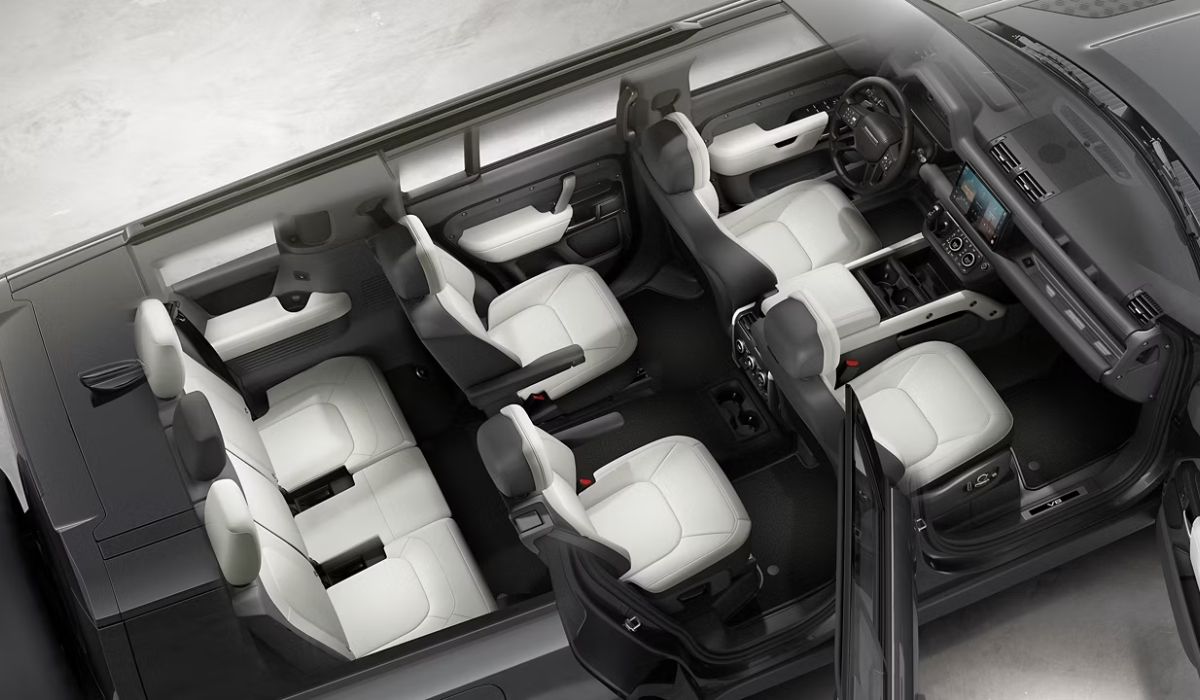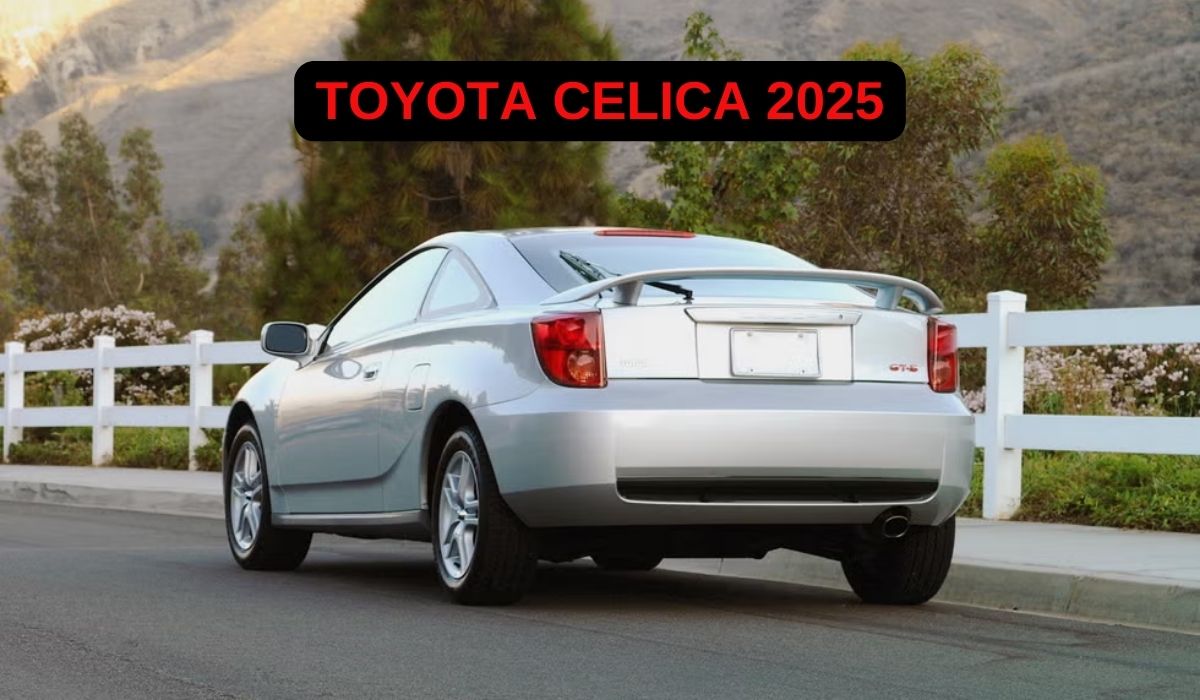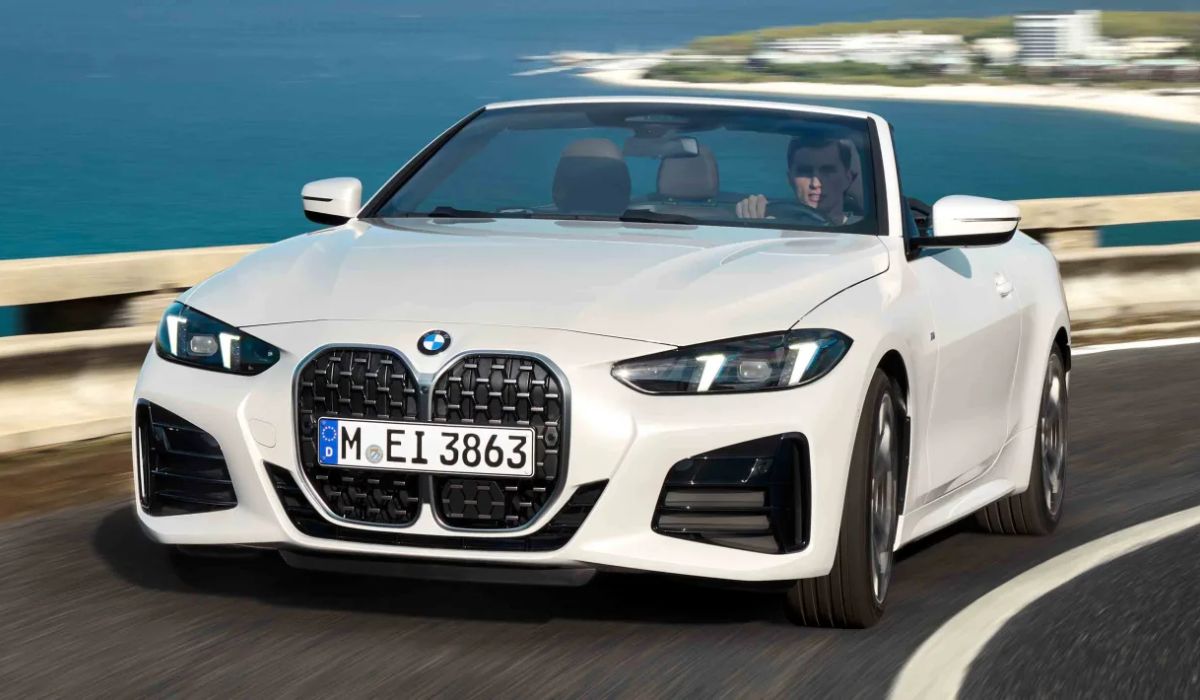The Land Rover Defender series has long been known as a symbol of adventure on wheels, with extreme off-road performance packed in a body of luxury. The latest in line is the Defender 130, a stretched version of the conventional Defender with additional passenger and baggage capacity, perfect for families, offices, and adventures. However, one question that has puzzled many UK buyers is: So why can’t you purchase the Defender 130 with nine seats?
The weird nine-seat configuration for Land Rover Defender 130 was not going to be manufactured or even mentioned in 2025 as a strategy. This has raised so many eyebrows, especially for those who need more seats for large families or group travellers. Of course, there is no Defender 130 9-seat option, but it’s not because the engineering team didn’t work on it. This blog will explain why Land Rover had to do it and what design constraints, safety issues, market forces, and regulatory compliance may have influenced their decision.
Must Check: When Do 2026 Cars Hit the Market? Here’s What to Expect!
1. The Design Constraints of the Defender 130
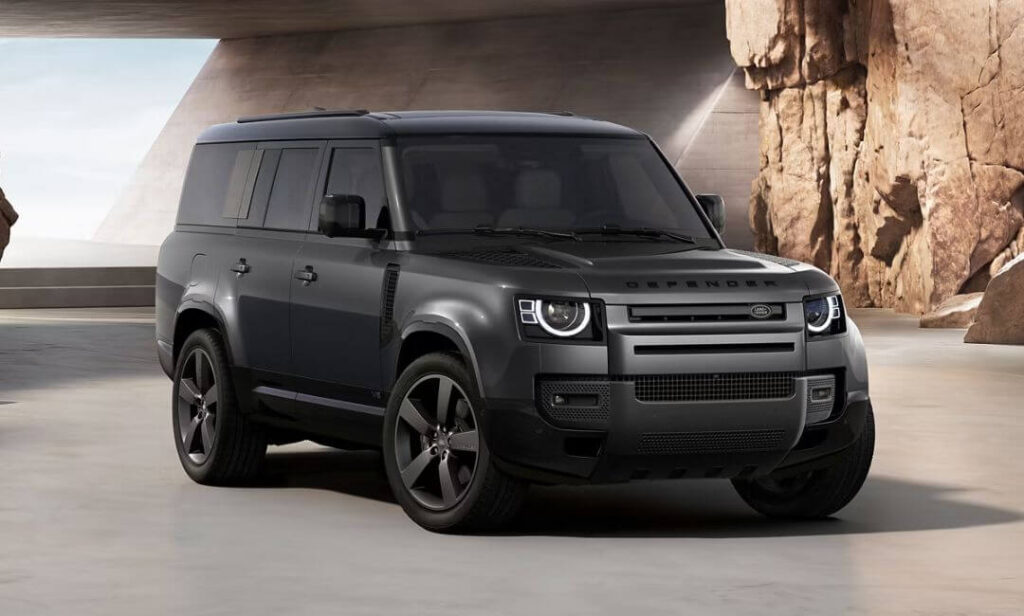
Land Rover’s choice to limit the Defender 130 to a maximum of 8 persons and not 9 can be explained mainly by design and engineering considerations. The Defender 130 is based on the classic Defender 90 and 110-series cars but is designed with different dimensions in mind. As has already been mentioned, the Defender 130 has more cabin space than the Defender 110, but it has a limit to how long it can be.
To adapt nine seats for a car with a comparatively comfy interior, Land Rover would have to stretch the Defender 130’s body even further. This could lead to drastic alteration to the body size and shape of the car, thus a huge compromise to that one unique selling point—an off-road vehicle. Many people who own Defenders prefer a tough-looking car, and the addition of an extra row of seats might compromise the handling, hence making it unsuitable for areas with rough terrain.
2. Safety Considerations and Regulations
Safety becomes a major concern for Land Rover, especially given the new production’s affection as a family car. The Defender 130’s lack of a nine-seat configuration may be linked to heavy regulatory requirements, especially in safety aspects.
In the UK and Europe, any automobile with a capacity in excess of eight persons attracts extra requirements as relates to crash tests and occupant protection. This includes guaranteeing all the seats retained the capability of passing the test meant for protecting passengers in situations such as rollover or side impact. Including a ninth seat may bring out some issues with regard to the above-enumerated high safety requirements without compromising the chassis of the vehicle.
Further, some of the rules concerning the installation of child seats become complicated as the number of seats rises. Land Rover may have intentionally decided to give Defender 130 only eight seats to ease the vehicle’s safety testing and avoid issues resulting from its offering a ninth seat.
3. Market Demand and Target Audience
While designing its vehicles, Land Rover well understands what consumers in the market want and what they need. The current generation of the Defender series is designed for a wide range of customers. However the need for vehicles with nine seats configuration is much lower than with vehicles of other segments, such as MPVs or large SUVs. Outdoor enthusiasts, families and businesses, which are the primary market for the Defender 130, do not regularly need more than eight seats at any given time, which are provided by the vehicle.
The perception of the primary customers may not be wholly comfortable with the idea of an additional ninth seat in the Defender 130. For example, those requiring more space or with many passengers, such as large families or groups, who need more seats, will steer to other options, such as Land Rover Discovery or turn to actual MPVs offering up to nine passenger seats. Perhaps because Land Rover does not wish to stretch the design of the Defender to work towards meeting this demand for more seating, the automaker may have opted to enhance other features that could differentiate the Defender 130 from its predecessor and meet the needs of its target market.
Read More:
- 2017 Black Mini Countryman Chili Pack Review: Should You Believe the Hype?
- Mercedes-Benz EQB EQB 250 140kW Sport Executive 70.5kWh 5dr Auto
- Breaking: 2024 Peugeot 3008 Hits the Market with Stunning Updates
4. Focus on Comfort and Utility with 8 Seats
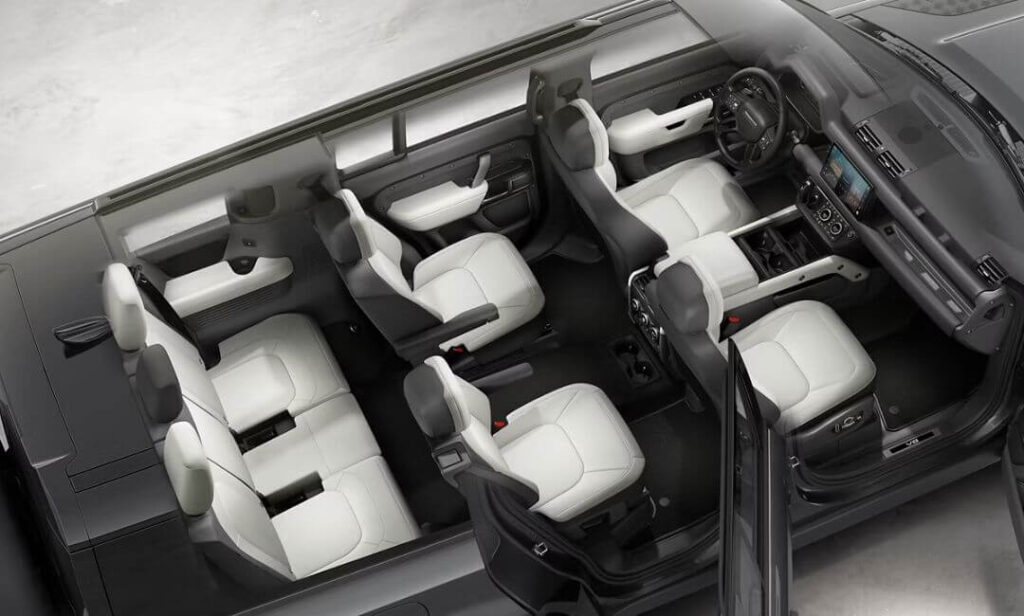
The Defender 130 is designed for comfort and utility while also being built with off-road capabilities in mind. The vehicle configuration has eight seats, so passengers will be able to recline comfortably. At the same time, there will be places to store gear, equipment, or luggage. This could mean compromising that extra space to get an extra seat.
Furthermore, it has superb Comfort; the chairs in the Defender 130, especially those marked for extensive trips. Every occupant of a Land Rover has been given ample space to stretch their legs and the available head height of each row. Adding the ninth seat could make the car cabin feel slightly tight, or at least the third row, where most of the occupants would b, may feel slightly less comfortable as they would in other better endowed vehicles on the market. The reason for not faring from remaining consistent with the eight-seat design may also be informed by Land Rover’s need to make sure that every occupant of the vehicle feels comfortable.
5. Cost and Production Feasibility
The development cost of a nine-seat vehicle can be substantially more than the cost of developing an eight-seat vehicle. Land Rover would also be forced to spend capital directly on altering the interior design and, naturally, on adding new safety systems, strengthening the bodywork, and possibly employing more costly materials. When there is little demand for a vehicular design like the 9-seat Defender, the cost-benefit analysis of such a change may not be feasible.
The 8-seat configuration also enables Land Rover to centre its production line strategy on optimising Defender 130’s production conditions. This will enable the manufacture of more of these models without incurring high expenses that would reduce their quality. It also enables keeping the vehicle’s costs relatively low and maintaining its position in the luxury SUV market.
6. Alternative Options Within the Land Rover Range
Those particular customers, who are interested in vehicles with a nine-seat capacity in particular, should know that Land Rover does have models that may suit them better. For example, Land Rover Discovery is offered with a 7 or 8 seat setup and beyond can be had depending on the trim level. As for a 9-seat SUV, people interested in this Defender may want to consider other family models from Land Rover – Range Rover or Range Rover Sport, although they are also offered with different configurations of the number of seats.
One can also imagine that Land Rover’s decision not to produce a nine-seat Defender 130 model was deliberately taken to maintain Defender’s brand identity as uniquely an off-road capable luxury vehicle.
7. The Future of the Defender 130 and Land Rover’s Approach.
The current interpretation of the Defender 130 could remain unaltered for years to come. Still, if and when the market looks for Land Rover to adjust the size and flexibility of the interior, or if new technologies improve safety and the gallery becomes lighter and more efficient, then a leaner and meaner Defender 130 could become a reality. However, as of 2025, managers of the Land Rover brand are expected to keep lengthening the Defender 130 model that provides an average number of seats – eight and preserves the trademark off-road company’s appearance.
Sustainability and innovative design have become one of Land Rover’s main driving forces. Successive Defender models could use other features that create more space on the inside while retaining the vehicle’s predefined characteristics.
Conclusion
Therefore, why you can’t get the Defender 130 with 9 seats because there are some fundamental design constraints, safety concerns, manufacturing costs and market requirements, it seems that many UK buyers might have wanted a 9-seat version. Still, Land Rover must have tactically chosen to improve on the Defender 130 off-road, comfort, and utility for most families and enterprises. Although there is no nine-seat configuration, it keeps the Defender 130 still as versatile, safe, and durable for those who would prefer the traditionally rugged Defender style.


